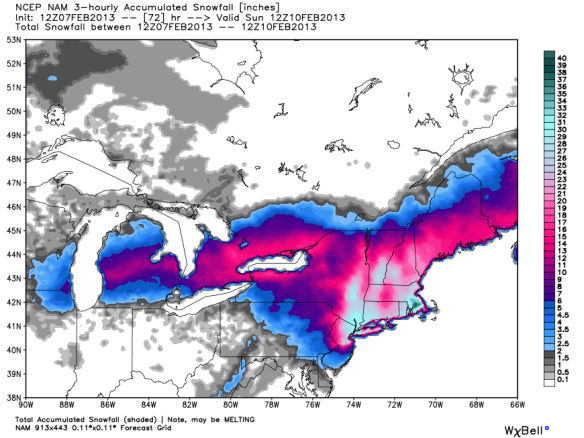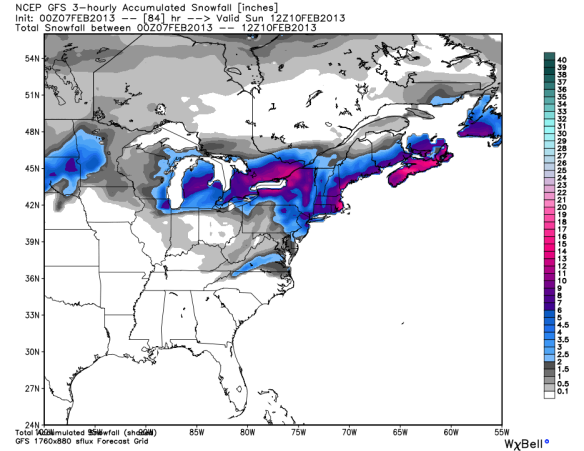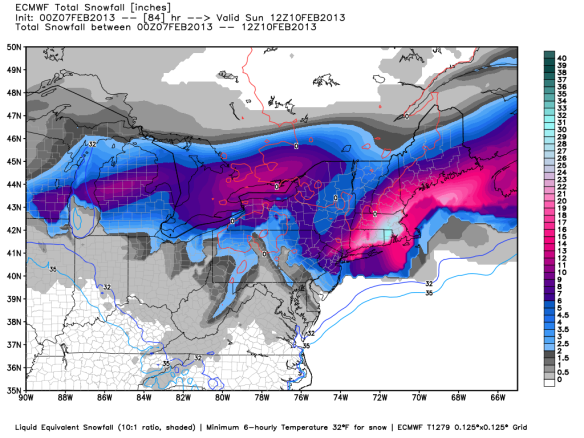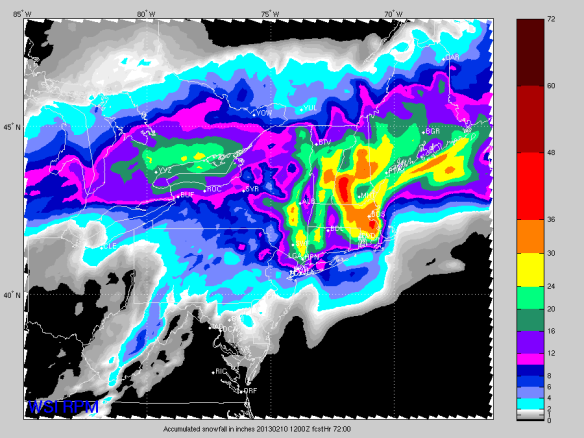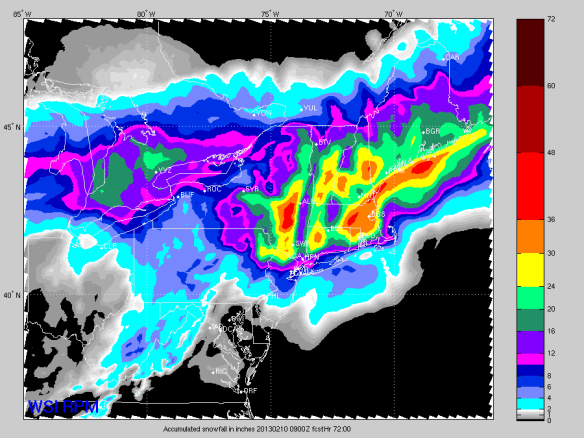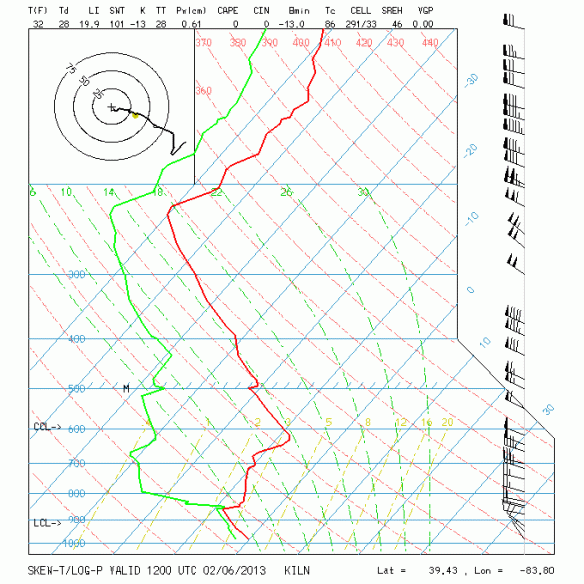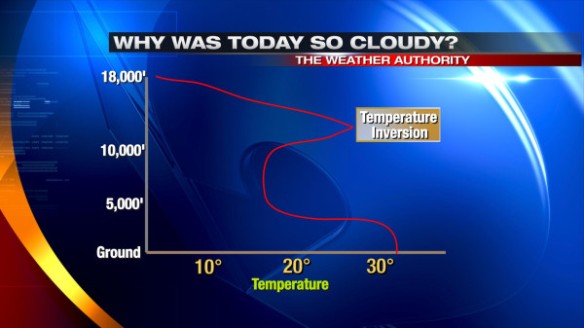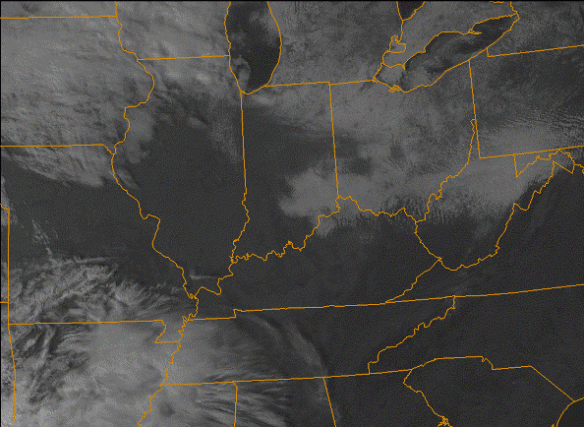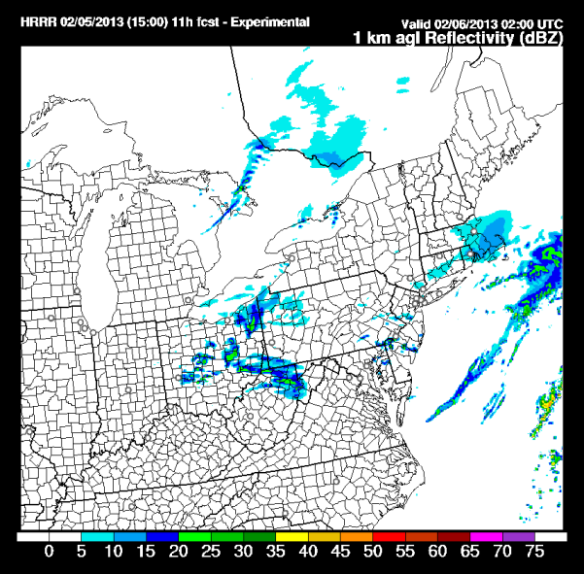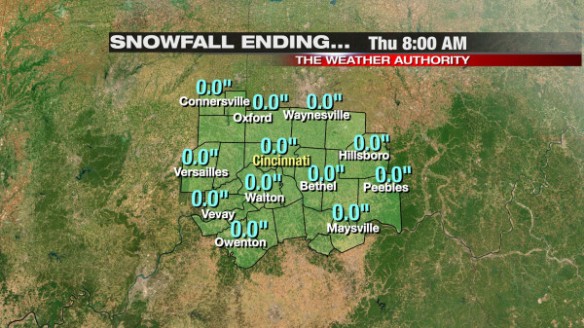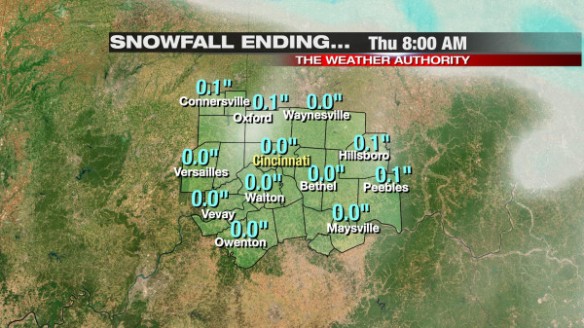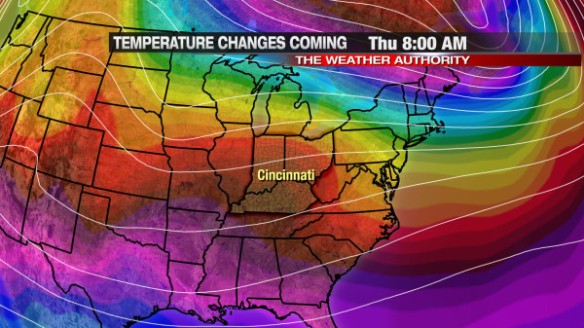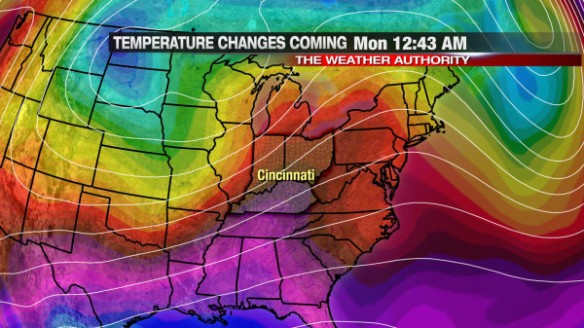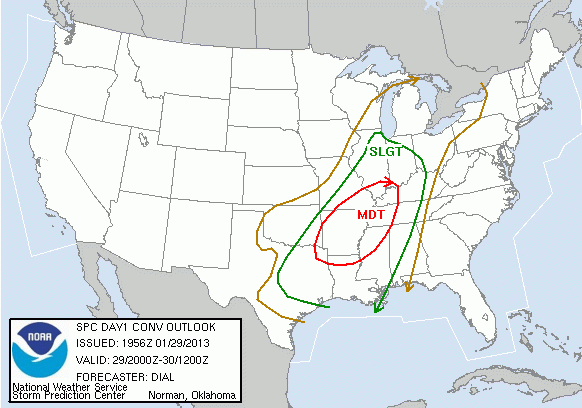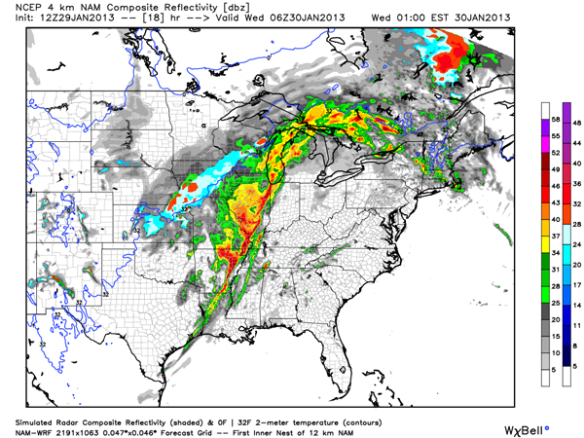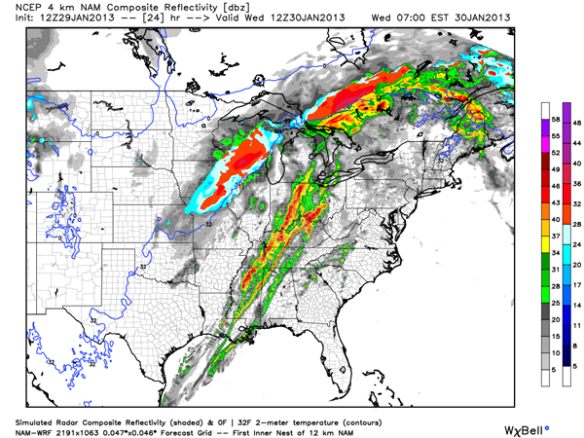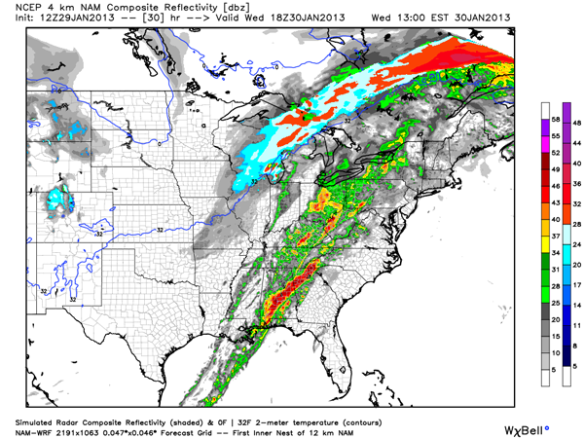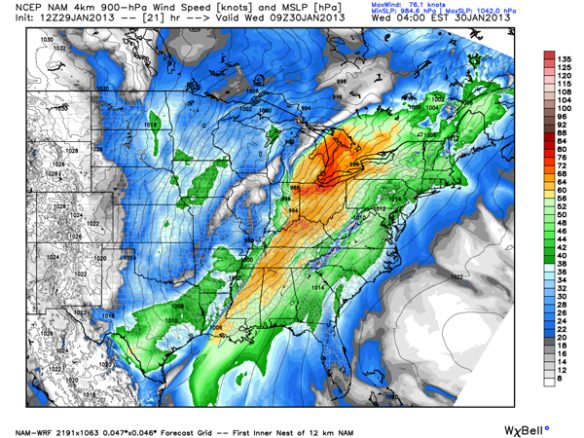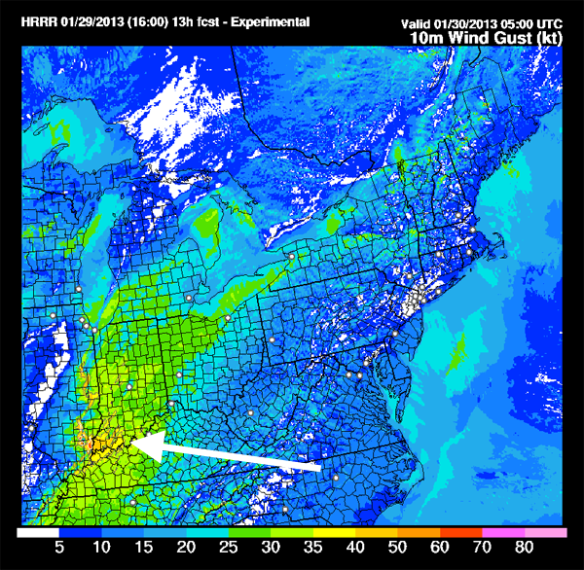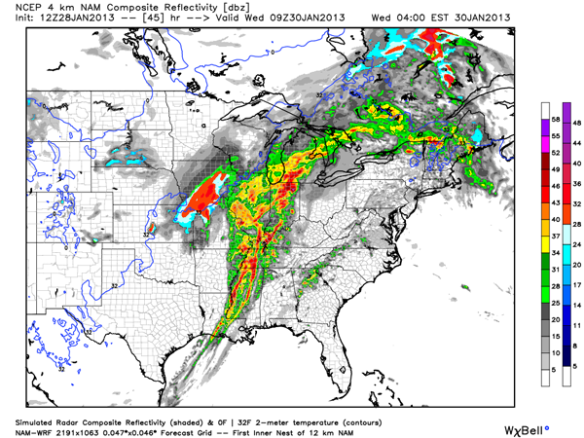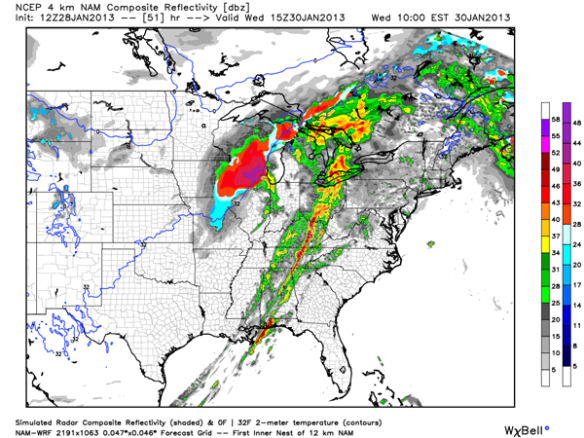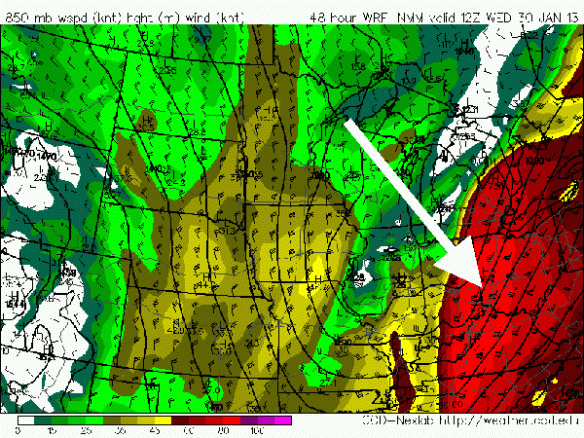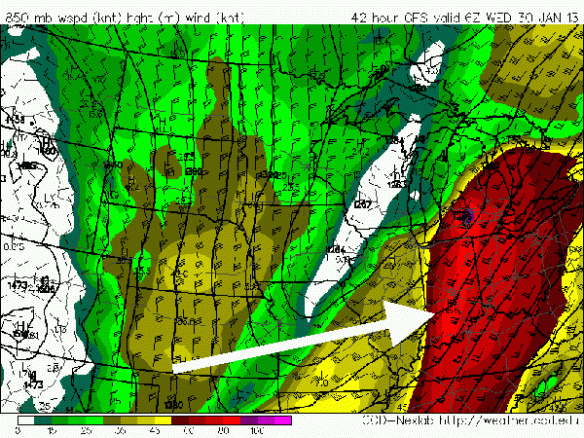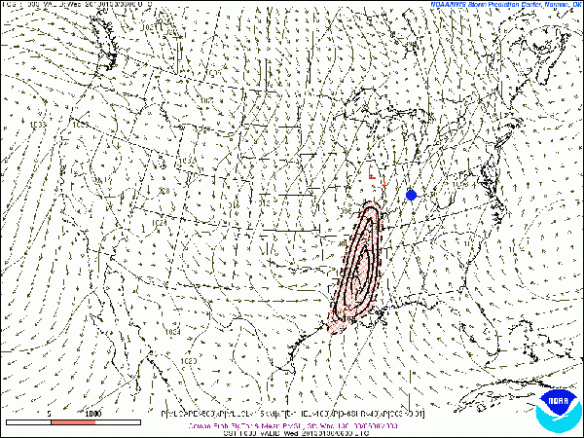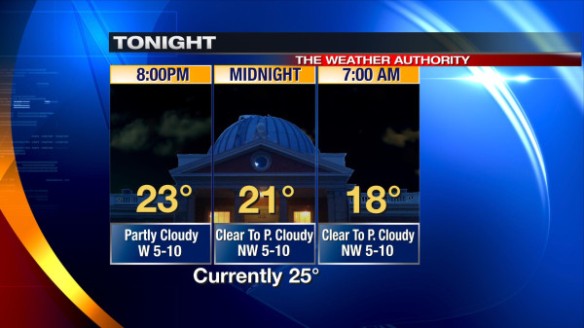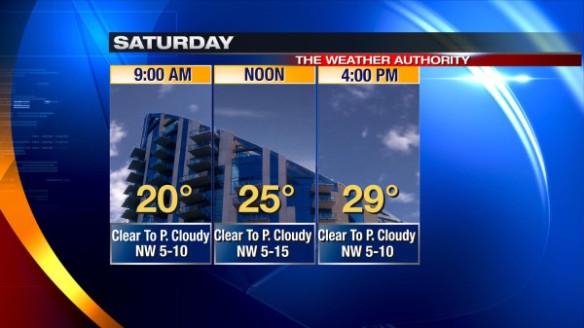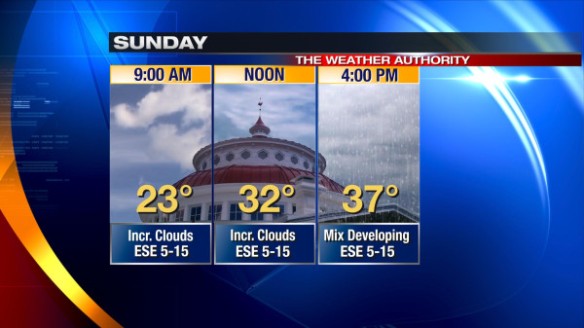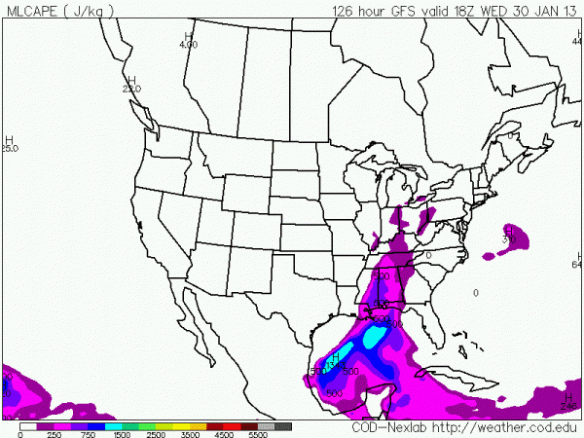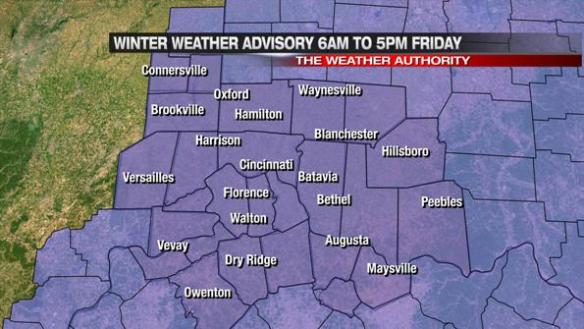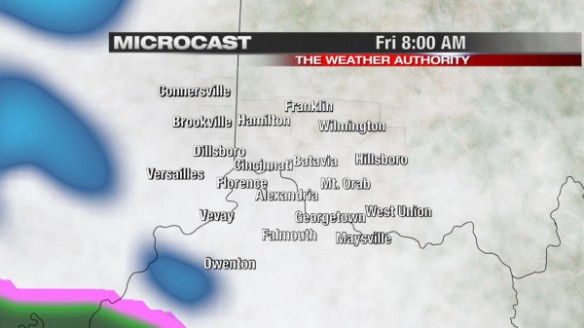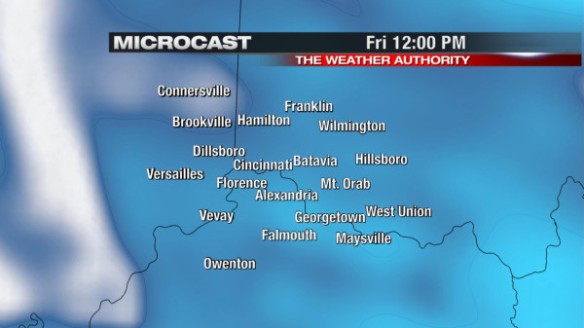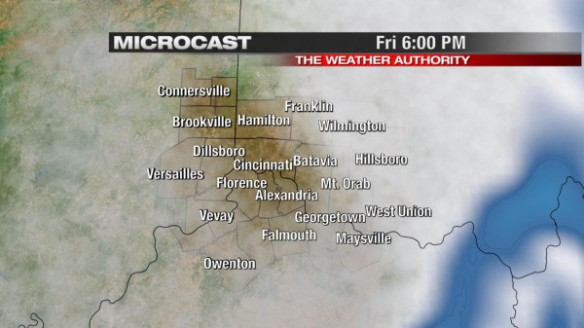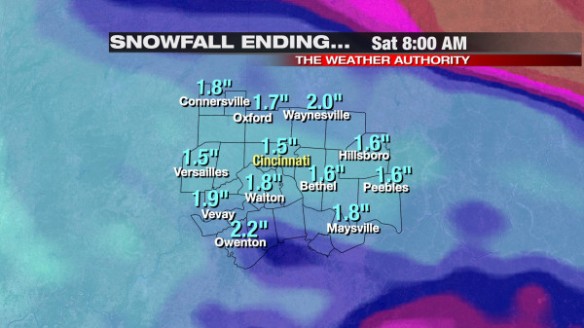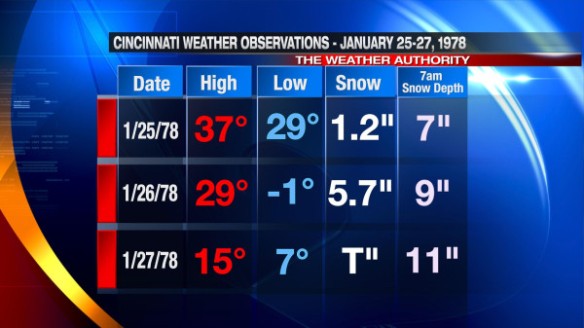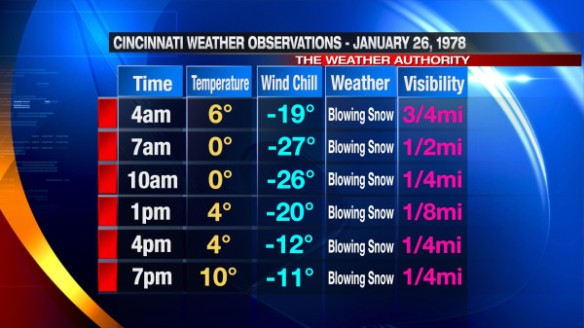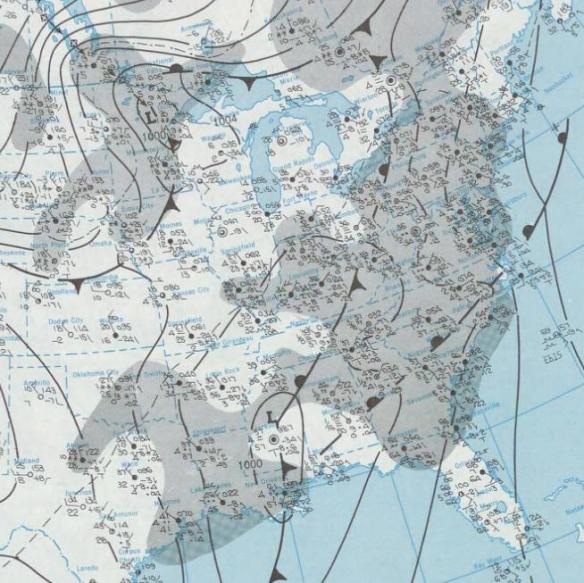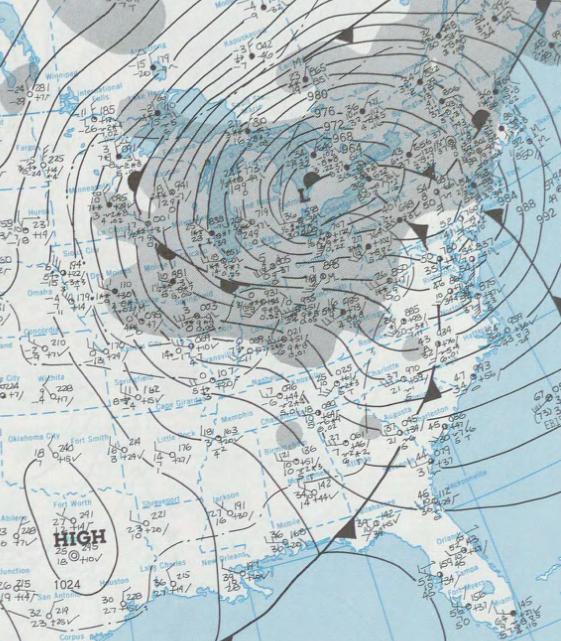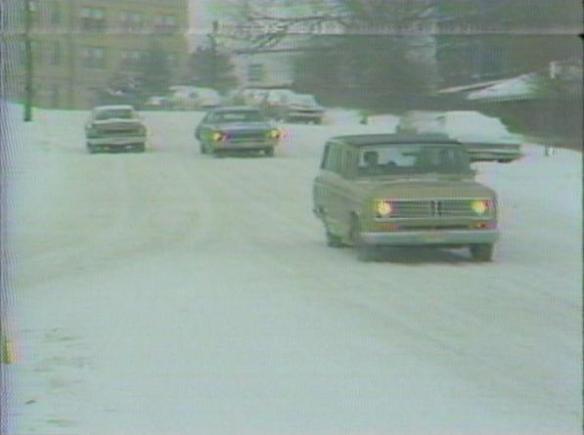Last last week, there were indications from computer forecast models that there would be some instability available for thunderstorms in the Ohio Valley Tuesday night and Wednesday. Based on upper-level support alone, the support for heavy rain Tuesday night and Wednesday has been in the forecast since last Friday. The thunderstorm threat will need to be monitored closely nearing mid-week.
For now, the severe weather threat in the Tri-State is not a major concern, but strong or severe storms can’t be ruled out. The main reason why severe weather will be favored outside of the Tri-State will be the time of day. The latest round of model data suggests the cold front – the surface feature supporting the chance for thunderstorms early Wednesday in the heart of the Ohio Valley – will be moving through during the early morning commute Wednesday, as NOAA’s Hydrometeorological Prediction Center shows in their latest forecast surface analysis:
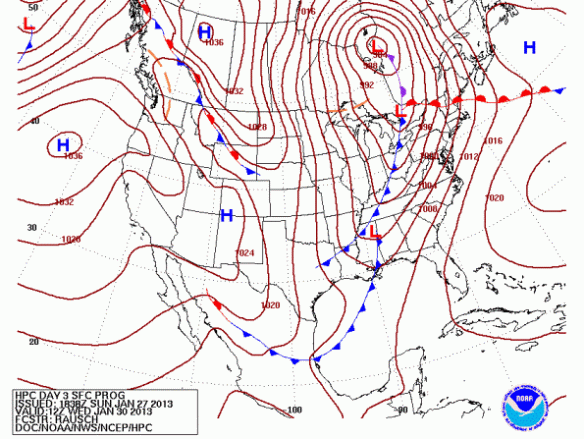
If this cold front was moving through during the afternoon (when instability and the temperature would be higher), the risk for severe weather would be noticeably higher. Since the cold front (and it’s associated thunderstorms) will be moving through late at night, instability will be lower, which tends to support a lower severe weather threat.
This morning, the Storm Prediction Center felt the best severe weather threat Tuesday morning through Wednesday morning was west of the Tri-State, where greater instability and low-level moisture would be focused:
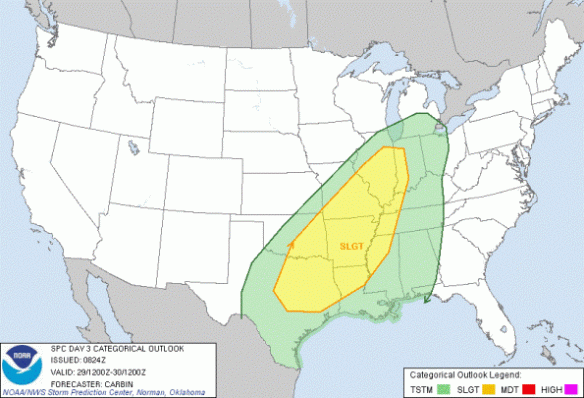
This is a rather large “slight risk” area from the Storm Prediction Center. While not likely, they may be looking to issue a moderate risk in the Ark-La-Tex, where shear and dewpoints will be elevated and the tornado/large hail threat will be higher. The Storm Prediction Center, though, is likely going to wait until more model runs complete before making adjustments and/or issuing a moderate risk. SPC has placed much of the Mid-Atlantic and Carolinas under an enhanced risk for severe storms Wednesday morning and afternoon (highlighted in red):
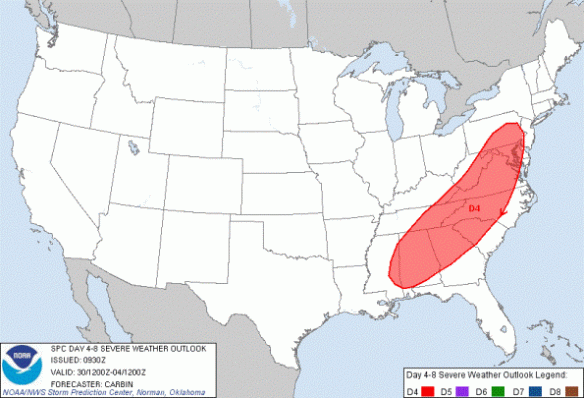
The Tri-State has not been placed the Tri-State under a slight or enhanced risk for severe weather yet, but that may change.
One thing I’ll be watching as new models come in is the strength of winds aloft, especially 5,000 feet or so above the ground. Without going into great detail, strong winds 5,000 feet or so above the ground often serves as a signal that damaging straight-line winds are possible in an otherwise favorable thunderstorm environment. In other words, these strong winds aloft don’t always mean an area will see damaging winds, but it is a concern when thunderstorms are forecast.
So what do the winds look like 5,000 above the ground Tuesday night and Wednesday? This morning’s NAM forecast model suggest winds will be roughly 50-60 knots (60-70mph) overhead at 7am Wednesday morning (Indiana, Ohio, and Kentucky are on the right half of the screen):
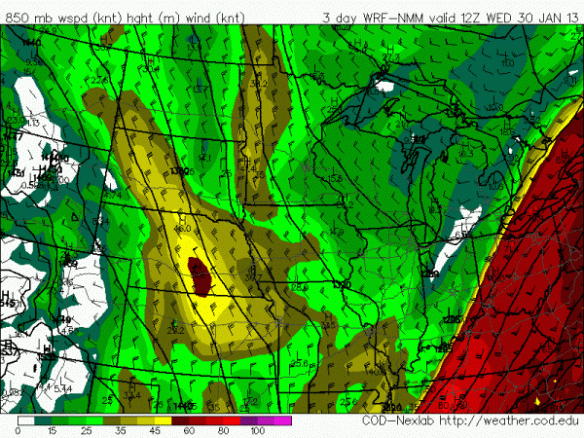
These are fast winds! This morning’s GFS model also suggests winds will be 50-60 knots (60-70mph) 5,000 above the ground at 7am Wednesday morning:
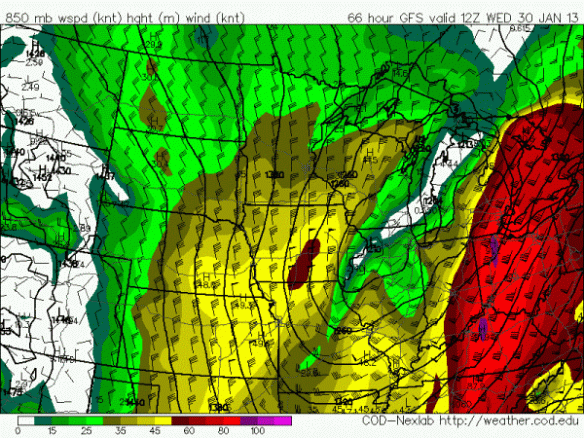
In heavy rain, most – if not all – of these winds tend to be mixed down to the ground, and we can get blasted with strong or severe winds. In this particular setup, this is not a guarantee, but it is something to watch.
With storms gradually weakening to our west late Tuesday as instability drops, our severe weather threat is conditional. This morning’s high-resolution WRF model has numerous showers and thunderstorms to our west by 4pm Tuesday:
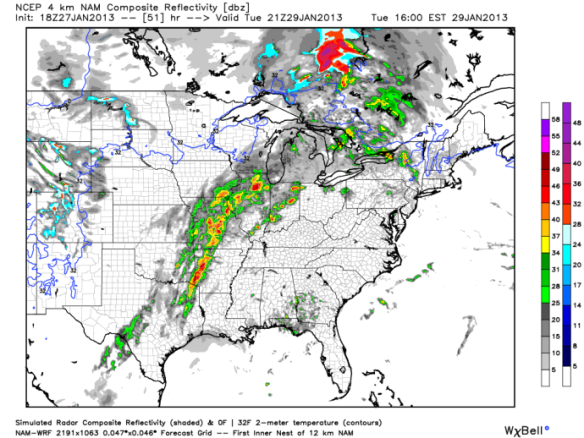
The latest high-resolution WRF model has showers and thunderstorms congealing into a line by 1am Wednesday:

While the high-resolution WRF model doesn’t go out through the morning commute Wednesday, a slightly lower resolution WRF model does…and here’s what it thinks the radar will look like by 7am Wednesday:

With this “future radar” product painting yellow and red colors in our area, heavy rain is a concern, but this also highlights the potential for a solid line of strong or severe thunderstorms to sweep through the Tri-State.
Summary
There is still uncertainty about the strength and timing thunderstorms Tuesday night and early Wednesday. The time of day tends to favor weaker storms, but strong winds above the ground suggest gusty or damaging winds are possible with any strong storm that is able to form.
Models suggest better support for severe storms (higher dewpoints, great shear, better instability, and stronger lift) will be closer to the Mississippi River. There are also indications from the newest computer model runs that we will get “cut off” from Gulf moisture that will fuel thunderstorms.
Storms will likely be in a weakening mode as they arrive in the Tri-State late Tuesday night and Wednesday. At this time, isolated strong storms appear more likely than a widespread severe weather event.
Stay tuned for updates! I hope to have a new blog entry up tomorrow…







